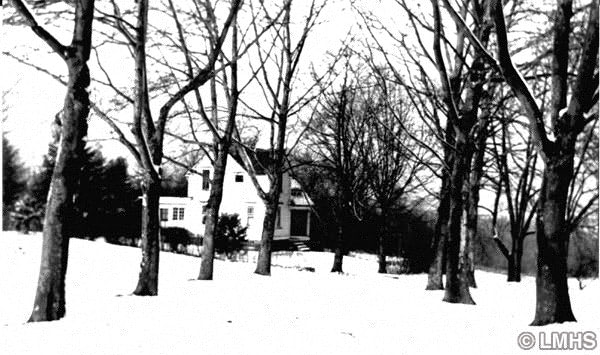Rolling Hill Park
The Walter C. Pew Estate purchased by Lower Merion Township in 1995 for passive recreation and a nature preserve was the last and largest Township park acquisition of the 20th century. The tract in Gladwyne is significant for its lineage as three significant parcels of land that had originated from three different Welsh patent holders under William Penn: John Roberts, Robert Jones and Richard Harrison. At one time miller John Roberts held two of the three parcels. Two parcels had corners crossing Mill Creek, and on each of these the clear, rapid water supply encouraged construction of a mill.
Early Mills
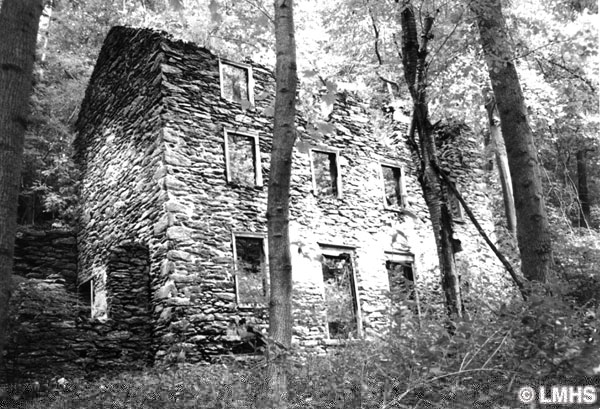
Frederick Bicking built a paper mill by 1762 at the western end. This site evolved into a textile mill by the end of the 19th century. Benjamin Brooke established a forge or gun powder manufactory at the eastern end in 1794. This became a rifle factory under the Nippes family and was later converted to a wool carpet yarn mill. The enlarged mill still stands outside the park.
Above the creek on the adjoining hillside and peak, farmland was cultivated by other settlers to serve local residents or Philadelphians. These parcels served as both agricultural land and for milling industries for nearly two centuries.
Megargee’s Folly Farm
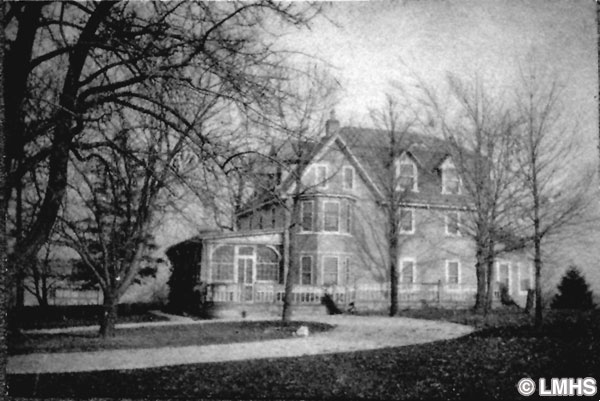
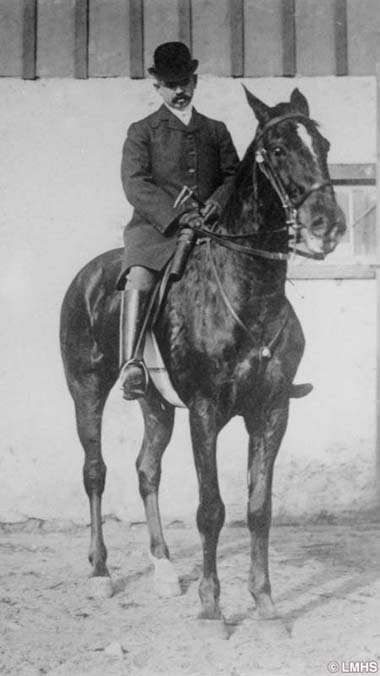
By 1852, a large agricultural tract descending from the Roberts Family was subdivided to a 43-acre parcel. In 1892, a Philadelphia industrialist and paper merchant, Irwin Megargee, developed the site as an elaborate gentleman’s dairy and horse farm called Folly Farm. It featured a caretaker’s cottage, a large stone barn, stables, macadam drives and a swimming basin. Minerva Parker Nichols, a young woman architect, redesigned the early farmhouse for Megargee, who renamed it Pen-y-Bryn (“top of the hill”).
Hagenlocher’s Purchase
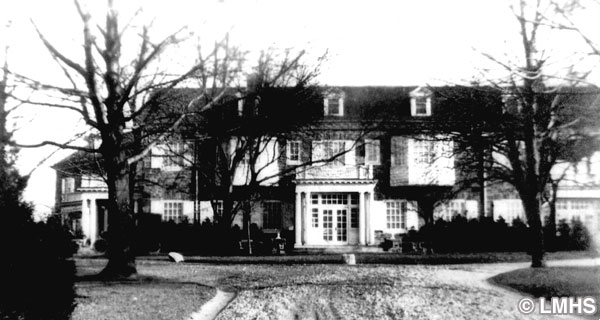
When Paul C. Hagenlocher, an investment banker, purchased the farm from Megargee’s widow in 1909, he hired the architect Clyde Smythe Adam to design an elegant new stone Colonial Revival mansion for the same site. Hagenlocher continued the gentleman’s farming tradition and added then-modern concrete farm buildings that included a silo and hog barn (still extant). The stock market crash caused Hagenlocher to sell his farm and it was purchased by Walter C. Pew in 1929.
Pew’s Rolling Hill Farm
Walter Pew, grandson of the founder of Sun Oil, renamed the property Rolling Hill Farm, but he focused less on agriculture and instead expanded his land holdings to create a significant suburban estate. He added tennis courts and a swimming pool west of the house designed by the noted landscape architect Thomas Sears of Gladwyne.
By 1938, Pew had added sections of the Bicking and Nippes mill parcels along Mill Creek, land with at least four stone residences for mill workers built prior to 1850.
The Pews and their two children lived at Rolling Hill Farm until the 1950s, but by 1958 family members had left the residence unoccupied. While it was being dismantled in July 1958, a blow torch set the building in flames. The remains were demolished and the Pews never used the site again, though the caretaker continued to live in the cottage.
The Township’s Rolling Hill Park
When the property of the Pew Estate was put on the market in 1994, there was an immediate effort in the Township to acquire this special tract of open space with its remaining farm buildings and mill residences neatly bounded by Rose Glen Road and Mill Creek.
Through Montgomery County Open Space funds, a Township bond issue and contributions raised by Lower Merion Preservation Trust from the community at large, 103 acres of open space was purchased for $4.37 million and renamed Rolling Hill Park.
A Natural Refuge
Rolling Hill Park is now a cherished nature preserve and cultural resource as well as part of a National Register Historic District. The park is used to teach the history of early Quaker settlement and industry in the Township and to provide opportunities for bird watching, hiking, horseback riding, fishing and picknicking. The farm cottage built for the Megargee’s caretaker is being restored by Lower Merion Conservancy, where they will work to protect open space, historic resources and clean streams throughout the Township.
